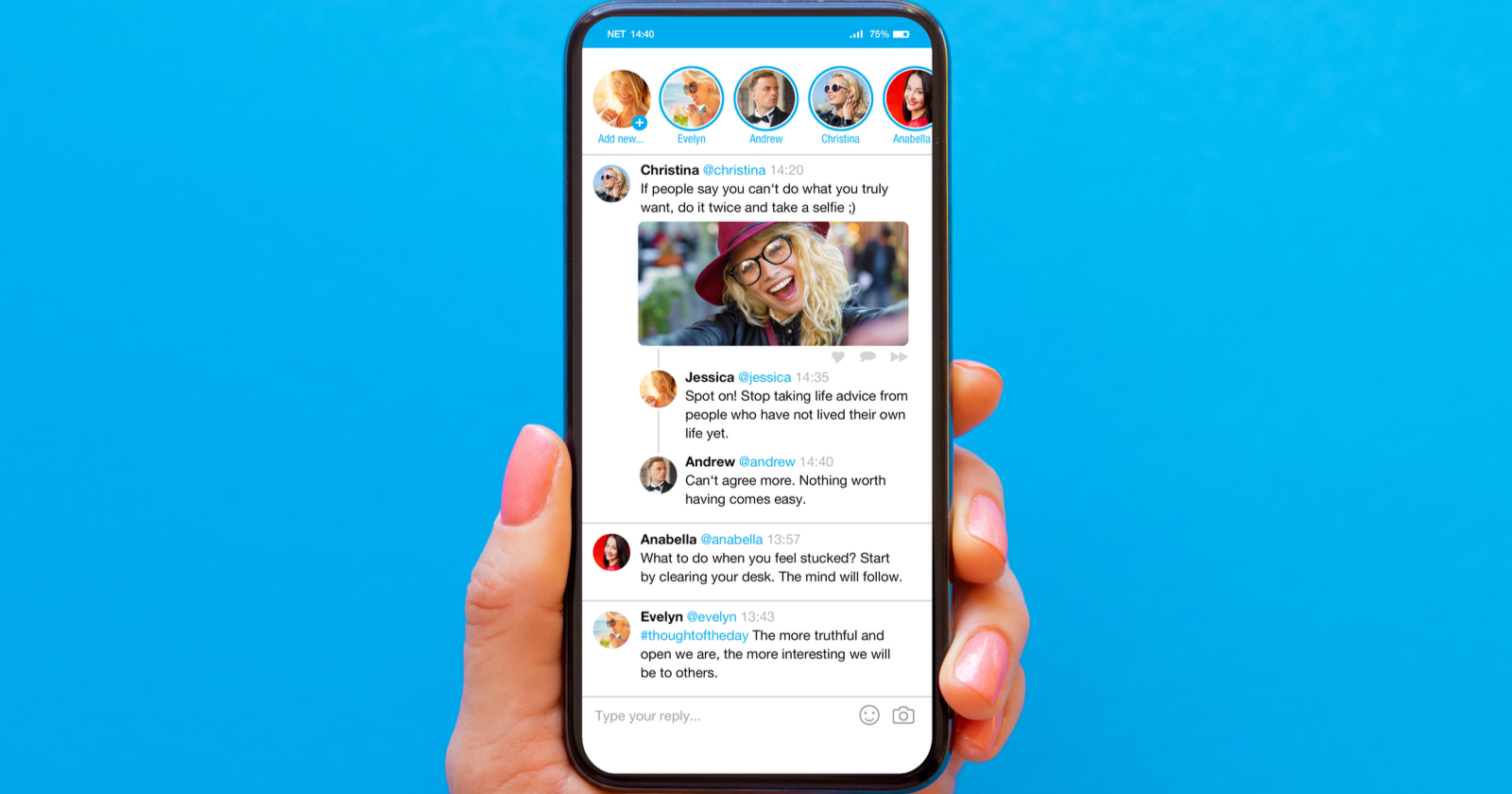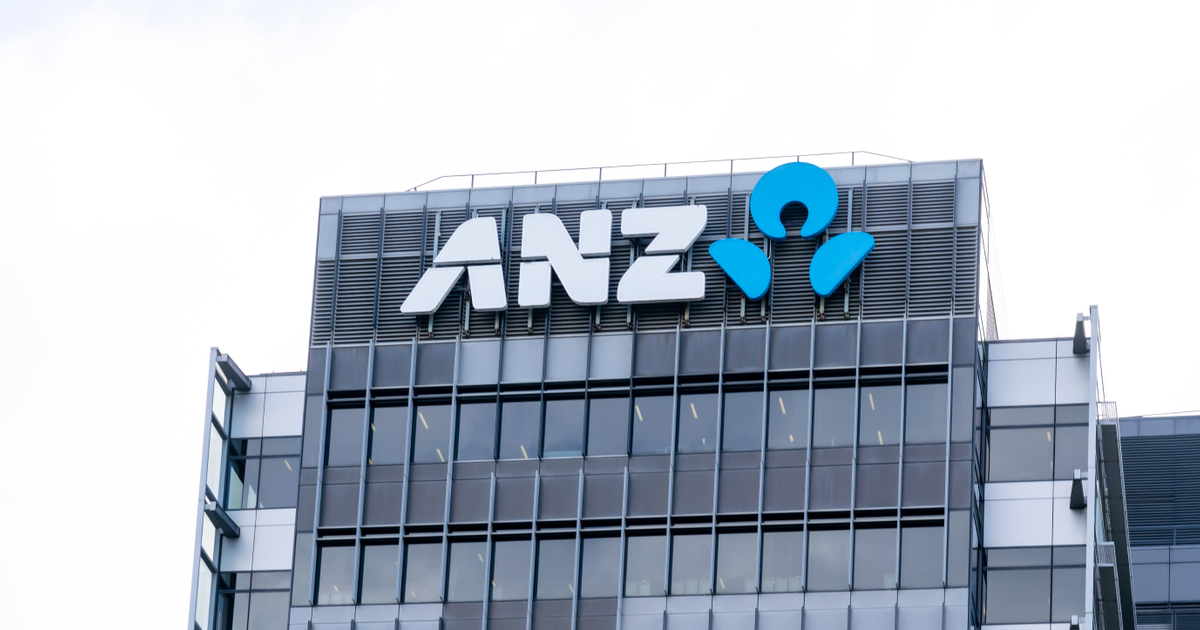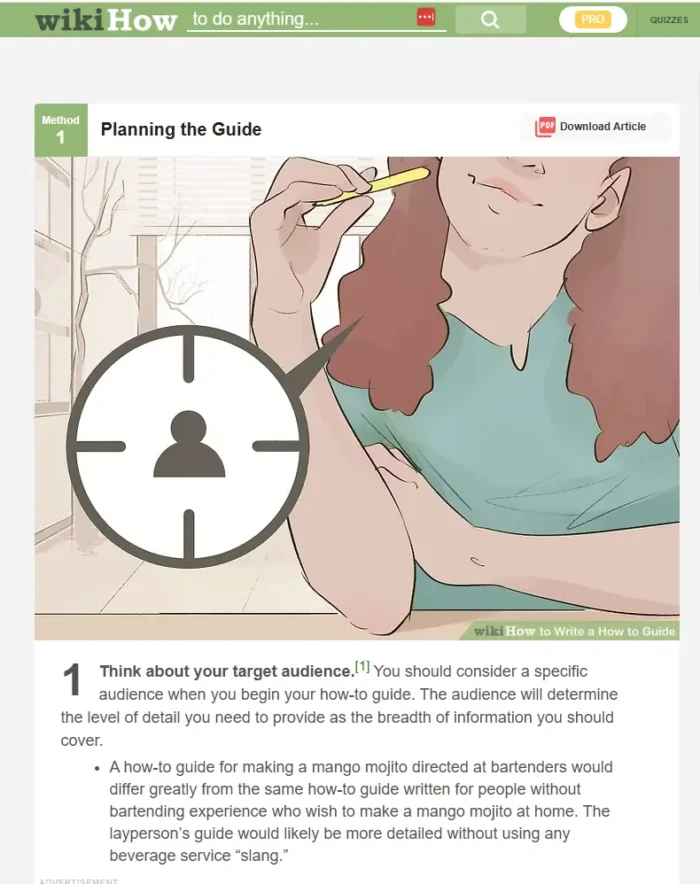8 Effective Marketing Channels in 2021 (And How We Use Them)
In today’s world of digital media dominance and consumers turning prosumers, marketing needs to employ an omnichannel marketing strategy. That means all of the marketing channels you can think of must work together to create a seamless experience. In...
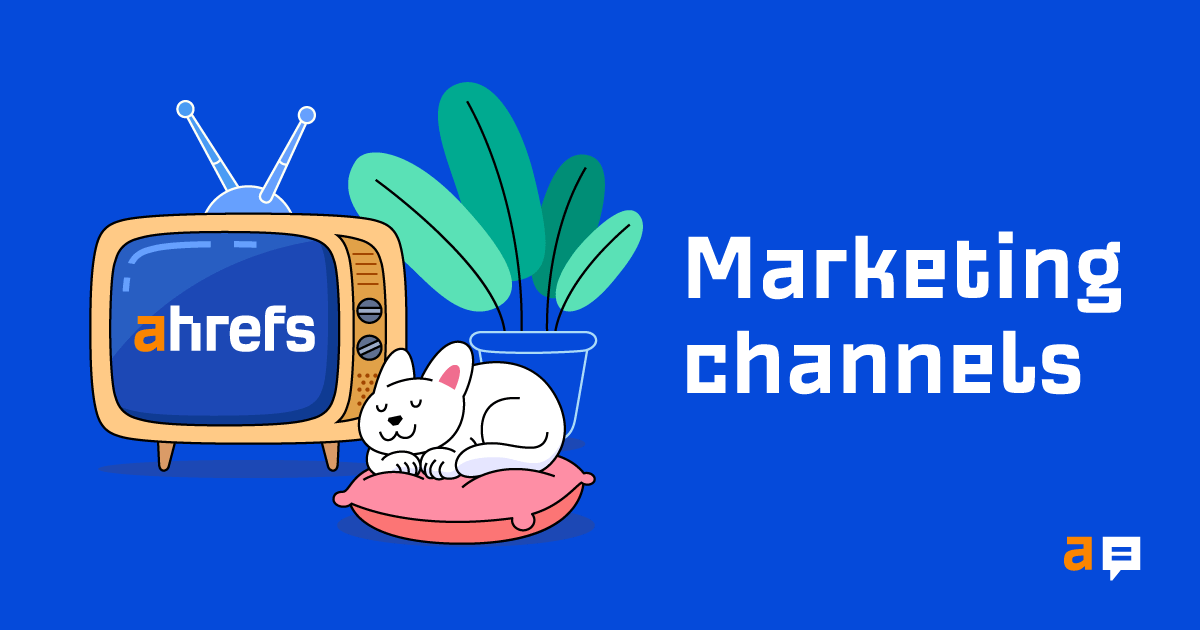
Marketing channels are tools and platforms that you use to communicate with a target audience. In today’s world of digital media dominance and consumers turning prosumers, marketing needs to employ an omnichannel marketing strategy. That means all of the marketing channels you can think of must work together to create a seamless experience. In this article, I’m going to walk you through eight effective marketing channels that helped us grow into an eight-figure ARR company. We’ll cover: Organic search refers to the non-paid search results from a search engine. This marketing channel generates visitors whenever someone clicks a link on a search engine result page (SERP) pointing to a site. The practice of optimizing a website or webpage to increase the quantity and quality of its traffic from a search engine’s organic results is called search engine optimization (SEO). Works best when: Organic search is one of our top three customer acquisition channels. But in terms of where our marketing team puts most of its efforts, this channel has the highest priority. Our example here will be blogging. We create blog posts about relevant topics that people search for on Google. Very simple strategy, yet very effective. By keeping our content product-led, we can benefit from all of the advantages of organic search as a channel. Publishing product-led content means that apart from having solid traffic potential, topics that we write about should allow us to feature our product. The intersection of search demand and business value is the sweet spot. One of the great things about using content as a marketing tool is that it can be efficient in terms of influencing the marketing funnel. Namely, one article can serve multiple purposes. Following this strategy, article after article, our blog grew to be one of the most prominent blogs about SEO in a few years. This brings us a compounding stream of traffic. This marketing channel allows you to distribute your content and ads in a video format. Works best when: Our YouTube channel is a core element of our content marketing strategy. Within three years, we’ve published 181 videos. Such output is only possible with a dedicated person for that marketing channel (and that’s Sam). Similar to our blog, we keep our videos business-oriented. Most videos show how Ahrefs can solve common SEO and marketing problems. But no content marketing strategy is complete without content repurposing. We republish our videos in relevant places throughout our webpages. Sometimes our existing videos are perfect companions to blog posts, giving the videos “another life” and additional views. Other times, we “repackage” videos into different forms, such as a full Ahrefs course on marketing. Not only can you generate more views for your videos this way, but you can also reach different audiences. Social media drives traffic to your webpages and creates engagement with your brand by means of social media platforms. Social media is not just Facebook, Twitter, or LinkedIn. Messaging-only apps like Discord, Slack, and Whatsapp also fall into the same channel category. Works best when: Social media offers a broad set of possibilities. Here’s how we use it for promotion purposes. While open self-promotion is not always welcome on social media, it’s still fine to do it from time to time. And if you’ve got a sweet deal like a free premium SEO tool, you can even pin the pin that promotes it: And if your customers appreciate being updated on product news, as ours do, this next example of auto-promotion is more than welcome. Almost 1,000 people register for Ahrefs Webmaster Tools every day to improve their website’s SEO performance and get more traffic from search 👇https://t.co/WESA9JI2Uz AWT is FREE for website owners and you can use it on an unlimited number of verified websites 😉 The idea of digital advertising is to reach your target audience on websites that offer advertising space. Digital advertising comes in many shapes and sizes. Some online ads can instantly cover your entire viewport. Others are more subtle “nudges” posted in places where you need them the most. Works best when: Digital advertising is an auxiliary source of traffic in Ahrefs’ omnichannel strategy. Thanks to PPC ads, we can reach people we haven’t reached before and/or create another touchpoint with the people who are already aware of our brand. Here is an example of ads used to promote content. When it comes to directly promoting our products, we usually go with promoting our free tools. The less friction on the landing page, the more effective the campaign. Besides, some users of our free tools upgrade their plans and become paid customers. Email marketing lets you reach your prospects’ mailboxes with messages that either prompt direct action or are aimed at creating a long-term relationship with the brand. Works best when: As you’re reading this, there is a floating widget to the right offering you to subscribe for weekly updates (if you’re on a mobile device, that widget will be at the bottom of this post). This widget is the only way we collect emails for our newsletter. No pop-ups; no additional incentives. The deal is simple. If you like our content, we can deliver it to your mailbox every week so that you don’t need to move a finger to get it. We keep our newsletter format simple. It’s focused on delivering a particular week’s articles from Ahrefs and the editor’s picks of great reads outside of our blog. Sponsorships as a marketing channel consist of all prospects coming to your business through exposure to your brand in a sponsored material or event. Works best when: Brand awareness, mostly. The goal of employing sponsorships for brand awareness is to “imprint” the brand in the minds of listeners using a positive association. You can see we do sponsor a number of podcasts or videos like this one: Aside from podcasts and videos, we often sponsor industry events like the BrightonSEO, where you can get a hold of our “swag.” That also translates to brand awareness. Additionally, it allows us to contribute to the SEO scene. The delegate bags are ready for tomorrow (loving the design @ahrefs!) Are *you* ready? You’ll need your badge, lateral flow test confirmation email/text and enough time to get through registration #brightonSEO pic.twitter.com/Vq9L5h6yC2 Live chat, or conversational marketing in general, facilitates direct conversations with people who visit your website or your social media platform. Conversational marketing allows you to engage in discussions with your prospects instead of one-way broadcasting. Works best when: Most of the questions we get through our live chat channel are customer support questions. With a complex product like ours, it’s really hard to design an automated chatbot response to every case. That is why we list talking to a live person as #1. Self-service by browsing through our knowledge base is #2. This option ranks high on the list, as we know some people prefer to read a how-to guide or a detailed explanation. Conversational marketing is where marketing meets customer support (and sales). You can never predict the questions you’ll get via this channel. For instance, is asking about custom plans for bigger companies still for customer support? What about a question on how a product feature can help tackle technical SEO. Is that marketing or customer support? Maybe both? It seems that Gartner is right when it says that customers are largely channel-agnostic when seeking information to get a job done. Word-of-mouth marketing is the process of influencing and encouraging natural discussions about a product, service, or company. In other words, it’s about giving people a reason to talk. WOM is effective because people generally trust what others have to say about a company and its products or services. Works best when: Last but not least, we are going to discuss another of our top three marketing channels. WOM is the grand finale of our omnichannel marketing strategy. We don’t actually create WOM. Instead, we earn it. Everything we do in any other channel is designed to take part in our flywheel marketing model. Let me explain. Our flywheel marketing model is inspired by stories like the one shared by Moz in 2013. As someone perfectly summarized in the video’s comments, this is a ridiculously underrated video. Take a moment to watch it. This is the concept Jeff Bezos had for Amazon and the same idea behind the inbound marketing flywheel. The idea of the marketing flywheel is simple yet genius: invest in self-reinforcing tactics. Think about it. Social media followers create more followers. Getting links to your content will make your content more visible. This, in turn, will get you more links. Finally, happy customers create more happy customers. And that last part is what works great for us, and that’s what we move toward every day. Our customers’ happiness is why we win in SEO product polls: Or earn great rankings. So how do we earn all that WOM? There are a few contributors to that. But first and foremost, it’s the effect of having a phenomenal product. All else is not worth your time if you don’t meet that one requirement. Then, you need to get it in front of enough people to create a “snowball effect” of recommendations. You can pitch websites for reviews or even give your product for free to the early adopters. We’ve amassed quite a number of reviews over the years. And every month, there are approximately 288k searches globally for the term “ahrefs.” To echo our CMO, Tim Soulo: With a good product, your marketing can focus solely on being the communication bridge between customers and developers. Whatever marketing channels you choose, we strongly recommend considering them as parts of one omnichannel customer experience. As mentioned in Gartner’s study, customers are channel-agnostic. They just expect you to help them get the job done, regardless of the channel. Also, some marketers say the more channels in your channel mix, the better. In this game, more is more. More channels mean more convenience for your customers, more prospects reached, and more ROI for your company (you can read more about this concept here). Let’s not forget the flywheel effect. If used strategically, marketing channels reinforce themselves. But it’s not exactly that channels do something on their own. It’s the positive experiences shared by your customers. Positive experiences create happy customers, and happy customers create more happy customers. Got questions? Ping me on Twitter.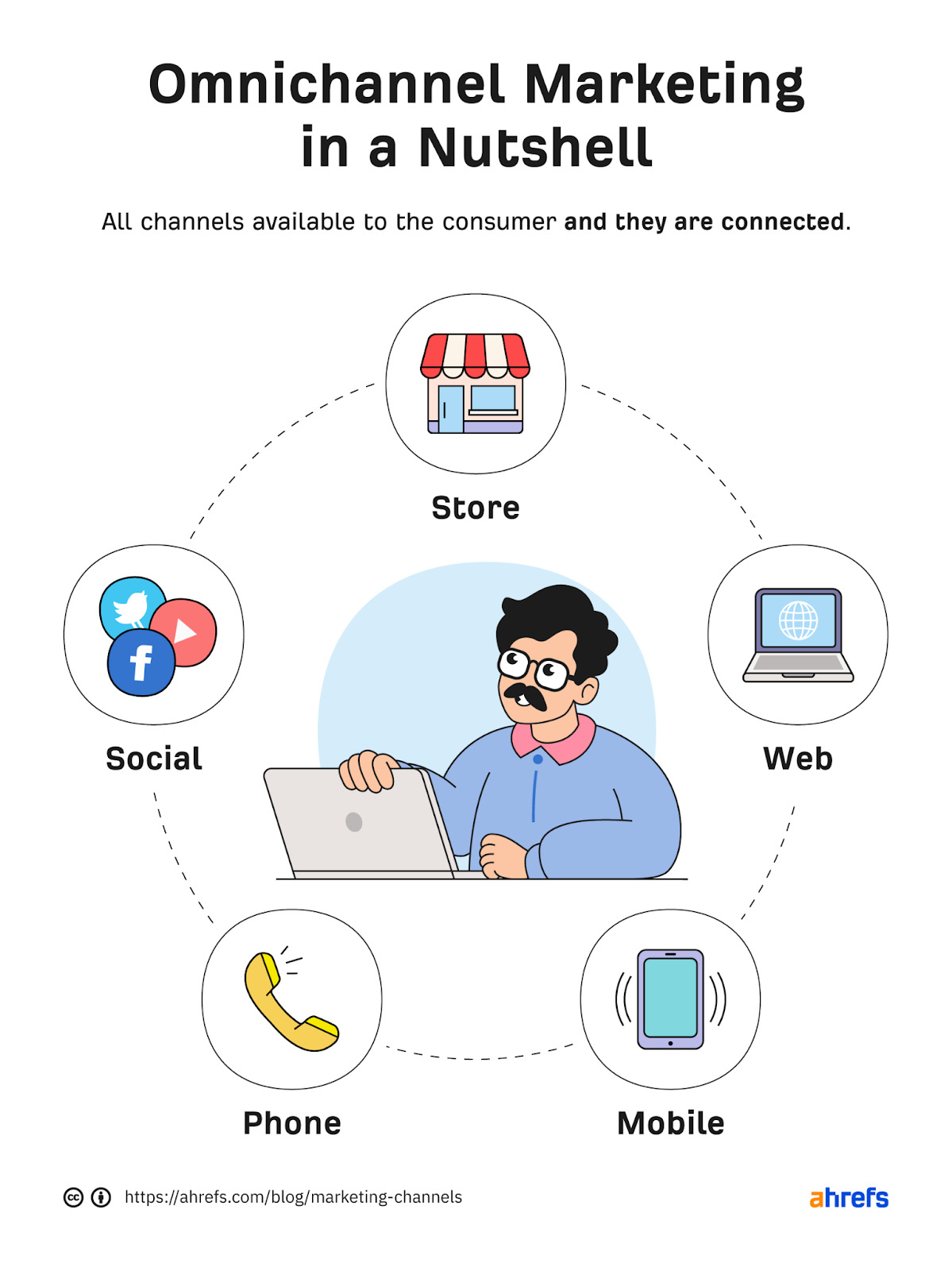
ProsCons Almost free, continuous traffic. Ranking high in search engines takes time. Compounding effects. A blog post written four years ago can still get you traffic and will get you traffic in the future as long as you rank high. Lots of uncertainty (e.g., fluctuating SERP rankings, search algorithm updates). Can be used to attract, educate, convert, and retain your customers. In other words, SEO content can influence the entire marketing funnel. Slower effects for newcomers, i.e., websites with a small number of high-quality backlinks and low topical authority. Relies more on quality and creativity than budget. ROI of SEO and content marketing can be difficult to measure. Qualifies potential customers through their search intent. The more you do it, the easier it becomes to rank high. How we use it

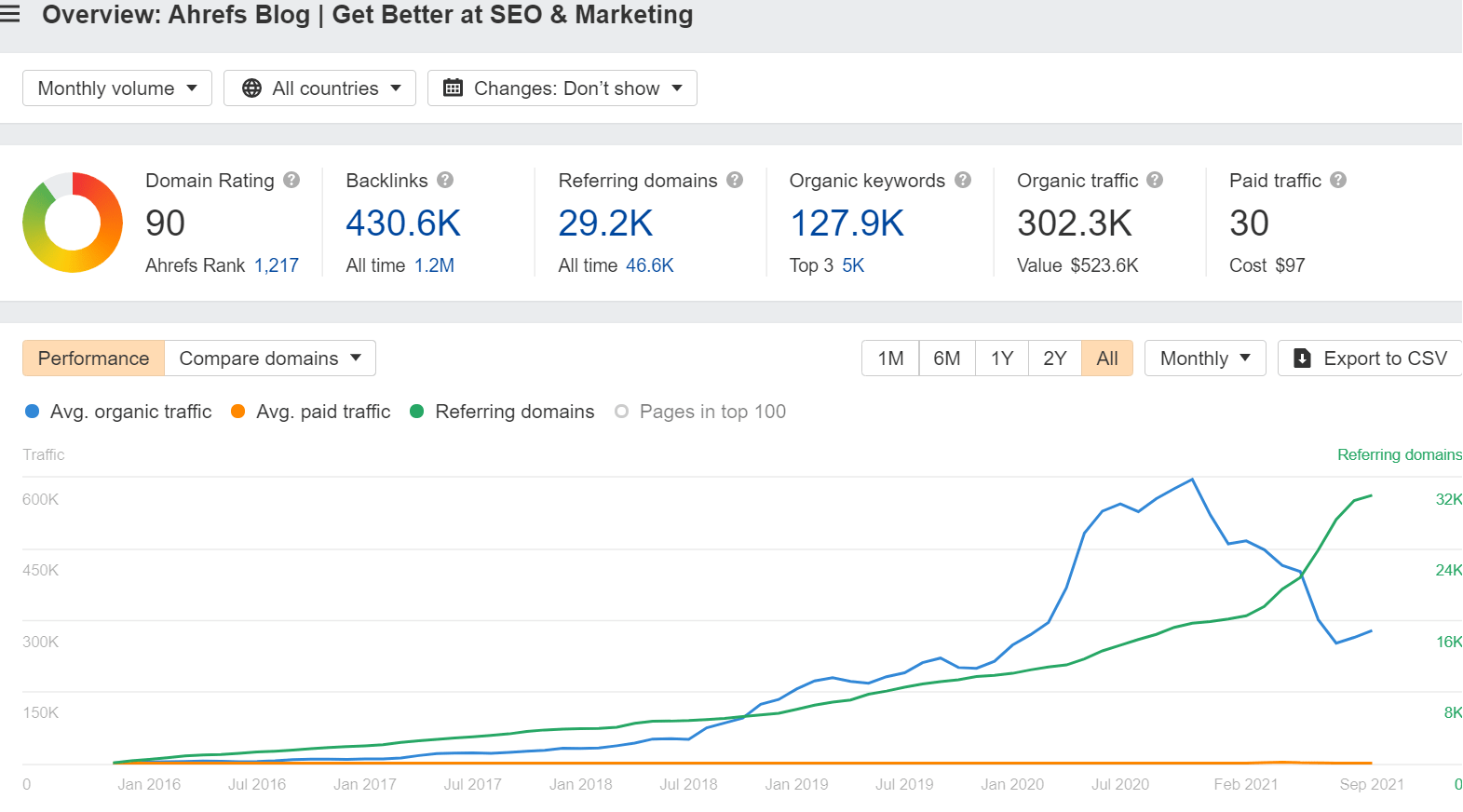
ProsCons A picture paints a thousand words. If your product is easier shown than explained, consider creating videos about it. Can be quite resource-heavy (time, people, money). Can be more engaging than written content. Video is great at grabbing attention. Harder to update than written content. Can be distributed on many different platforms. How we use it



ProsCons Allows you to interact directly with your audience. Makes you vulnerable to negative comments and “trolls.” Takes advantage of massive audiences gathered around social media platforms. Depending on the social media platform, keeping consistent results may become resource-heavy. Enhances customer support. Many social media platforms incentivize businesses to spend on ads by decreasing organic reach. Can be used as a channel for content repurposing. Allows you to run social media PPC campaigns. Can induce brand loyalty. Allows you to leverage on influencers. How we use it
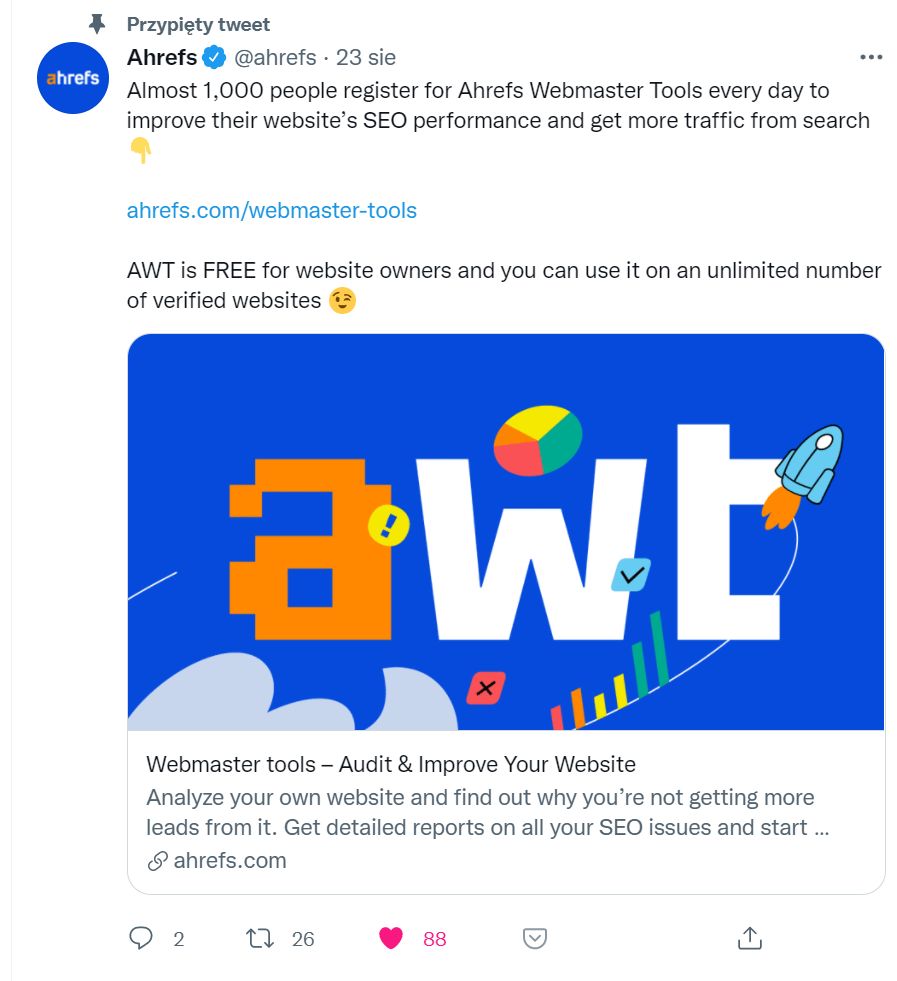
ProsCons Fast way to get traffic. You can start fast and get results fast. Suffers from symptoms like ad fatigue and banner blindness. Allows for specific targeting. Increasing use of ad blocks and default third-party cookies blocking by web browsers. Can be used to promote anything: product, content, or the brand itself. Arguably the most expensive way to get your message across online. Easy to measure, control, and scale. Showing too many ads with too persuasive content can compromise your brand. Wide range of ad formats and advertising platforms. Can be used to test hypotheses, e.g., the best converting value proposition of a product. How we use it
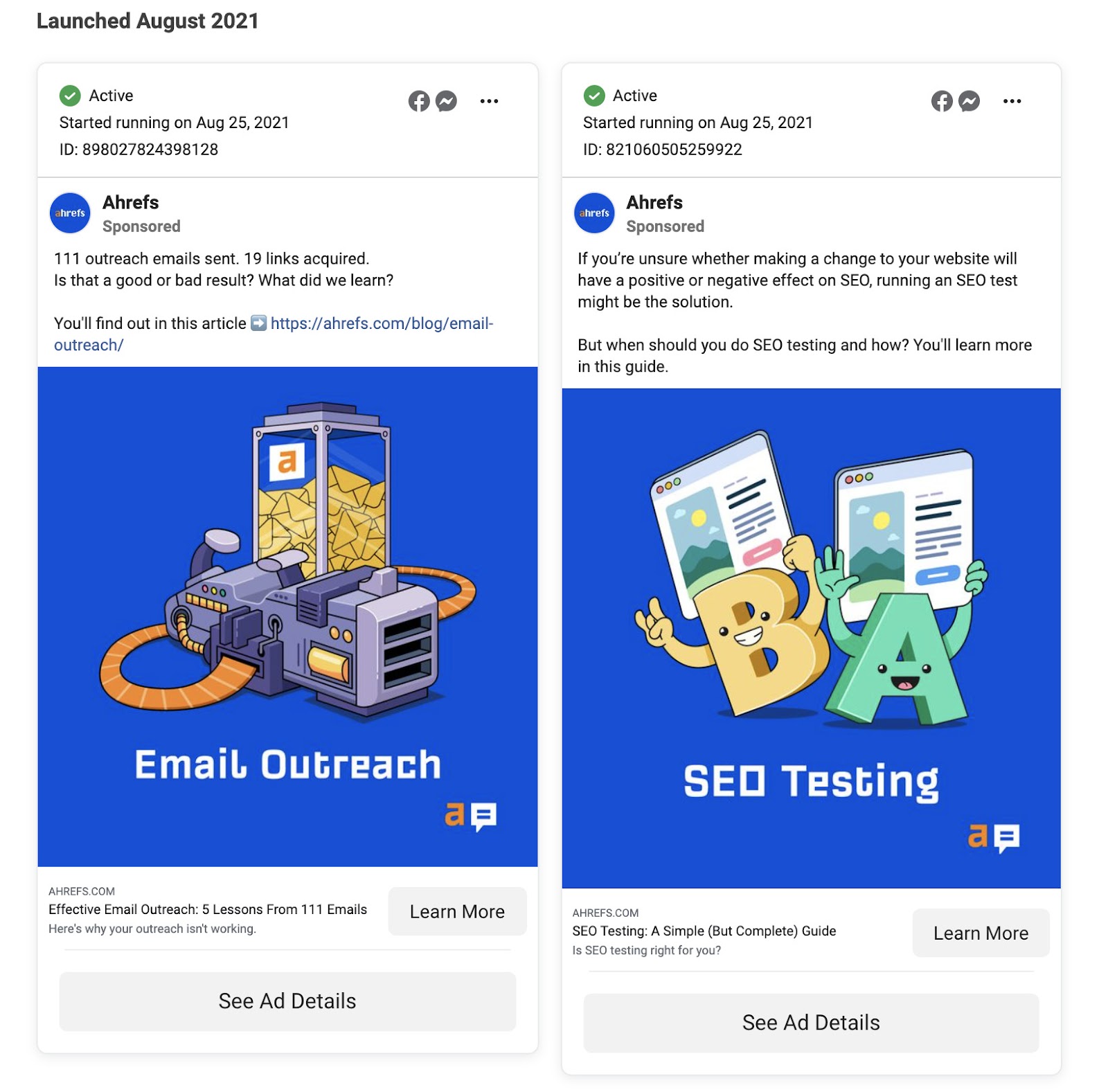
ProsCons Can be highly personalized and segmented. Takes time to organically (and legally) build a quality email list. Fast way to reach your collected audience. If you overdo it, you can break email marketing legislation (GDPR, CAN-SPAM). To some marketers, email is a cost-effective channel. Most email marketing platforms allow you to “pay as you grow.” Difficult to break through hundreds of other emails and get attention. Easy to measure. Affordable way to conduct lead nurturing campaigns and many types of ecommerce campaigns. Shareable, which means you can get additional eyes on your message. How we use it

ProsCons Can greatly increase brand awareness in a short time. Limited control. Risk of unwanted brand associations if you sponsor the wrong event or person. Can raise your company’s profile. No guaranteed returns. Sometimes allows for precise targeting (e.g., Ahrefs sponsoring an SEO conference). ROI is hard to measure. An opportunity for personal engagement with your target audience and others in the industry. How we use it
ProsCons Bots can engage customers 24/7 and qualify leads for specific sales reps (based on territory or asked questions). Bad conversation experiences can frustrate your prospects and compromise your brand. Chatbots can engage with a limitless number of visitors simultaneously. Prepare to get all kinds of questions you weren’t necessarily prepared for. Customers can reach out when it’s the right time for them. Conversational marketing offers a personalized experience (i.e., many ways to learn about the company). All touchpoints are tracked. Offers insight into how people engage with your content. Can be a more effective alternative to lead generation forms and traditional contact forms. How we use it

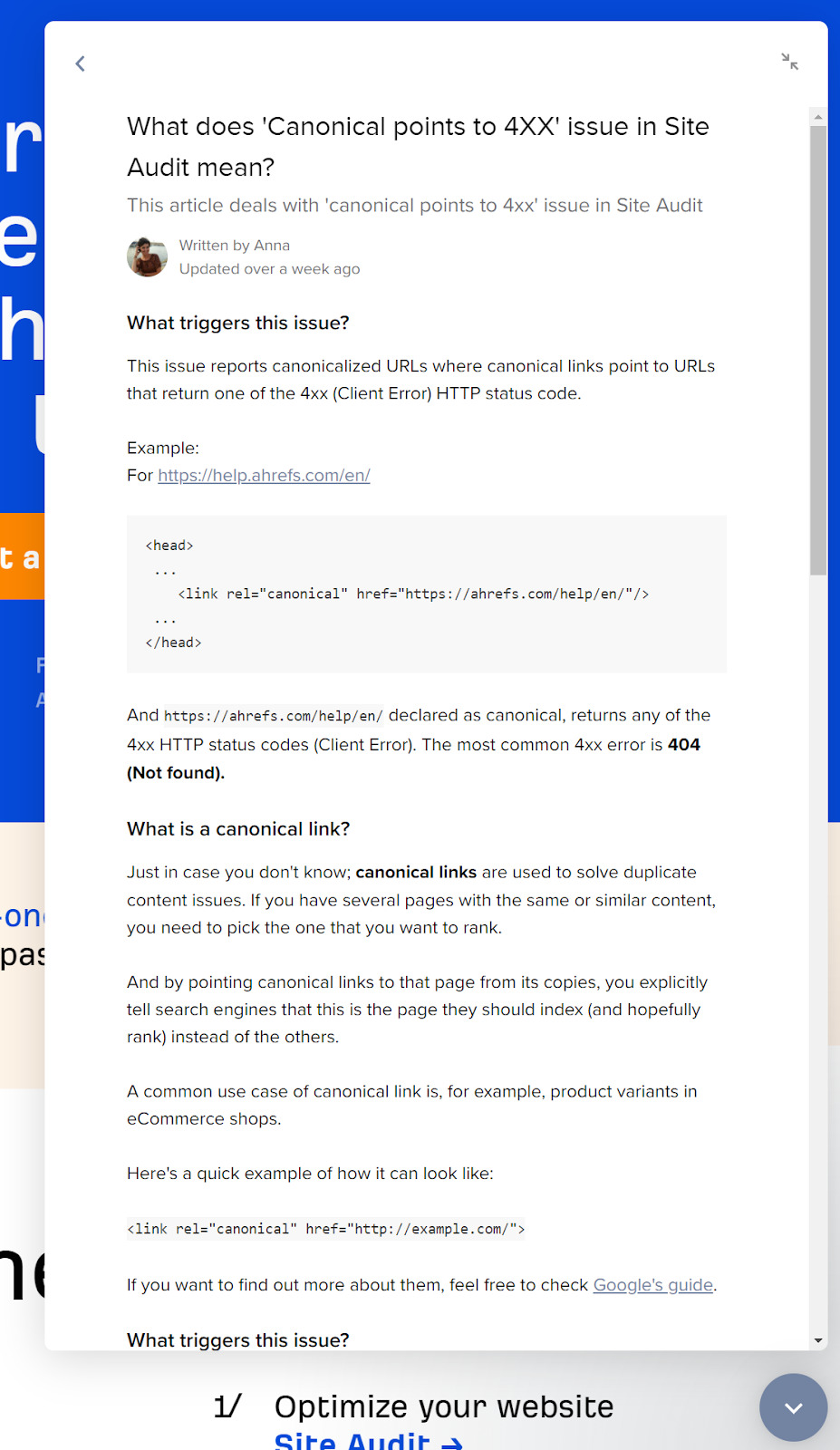
ProsCons Grows brand awareness and sales without ad spend. Hard to influence, impossible to control. Builds a community around your brand and product/service. Positive WOM greatly increases brand equity. How we use it (actually, how we earn it)
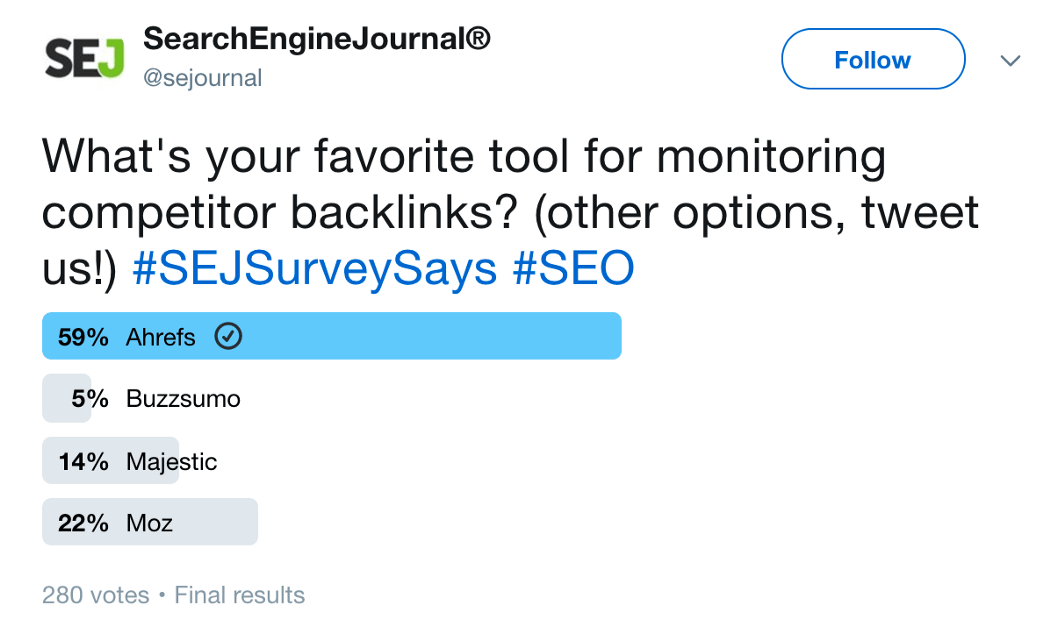



Final thoughts

 JimMin
JimMin 







